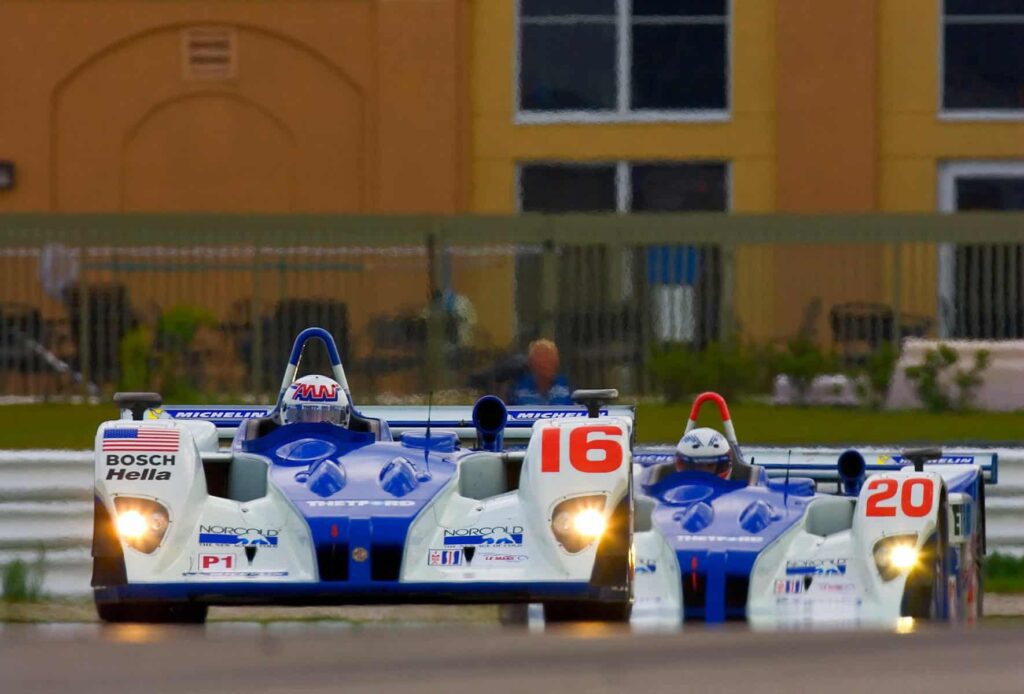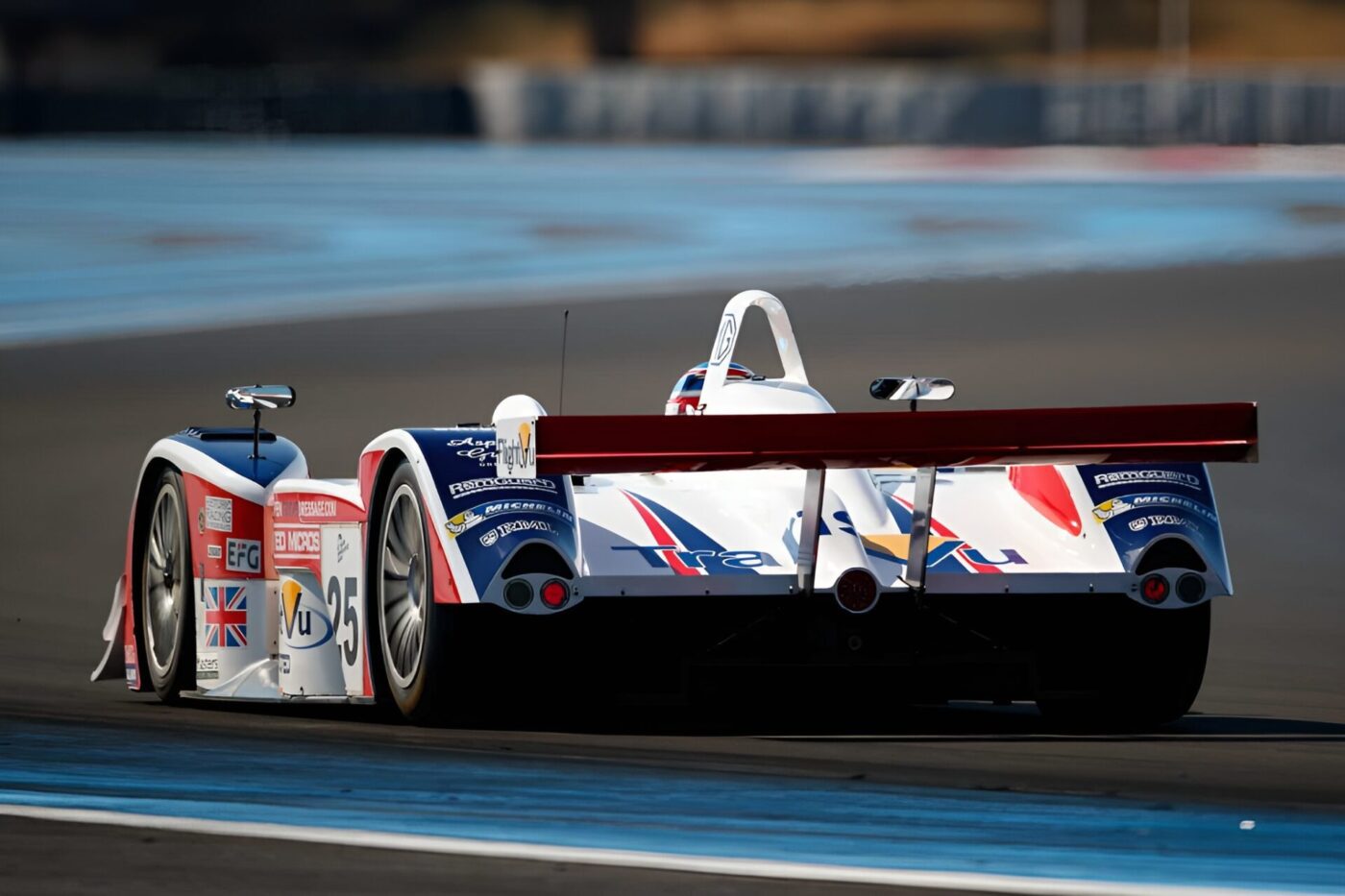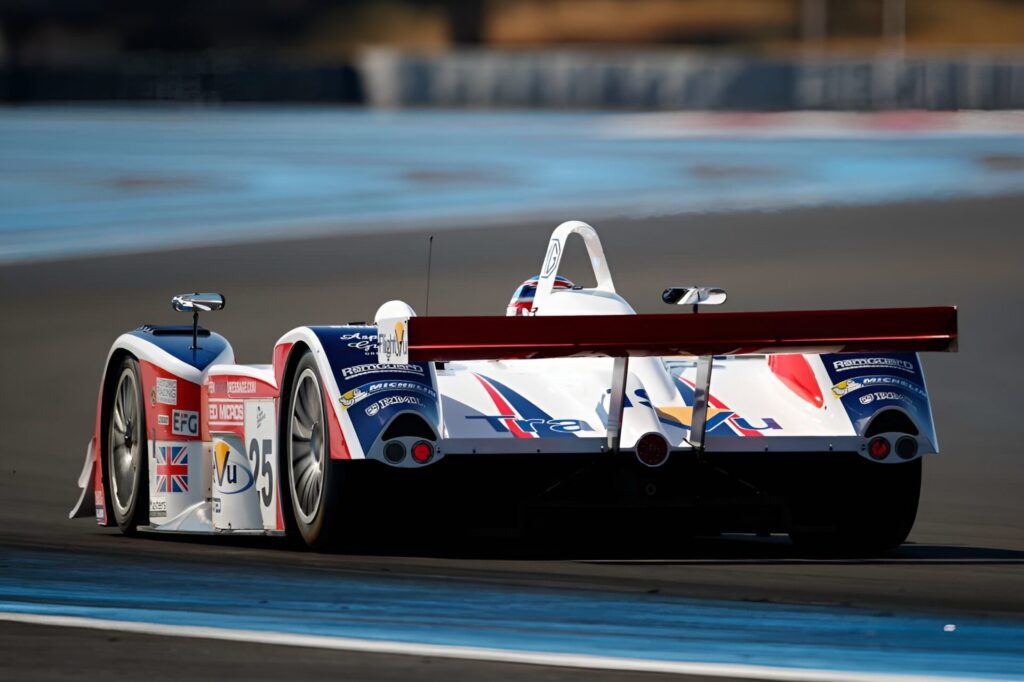
In the world of motorsport, few rivalries capture the imagination like David versus Goliath. Before the 2000 season, the Automobile Club de l’Ouest (ACO), organizers of the iconic 24 Hours of Le Mans, engineered a bold new chapter in sports car racing. They introduced two distinct prototype classes—LMP900 and LMP675—designed to compete for outright wins, shaking up the traditional Le Mans Prototype (LMP) framework from 1999. This move created a thrilling clash of engineering philosophies, blending raw power with lightweight agility.
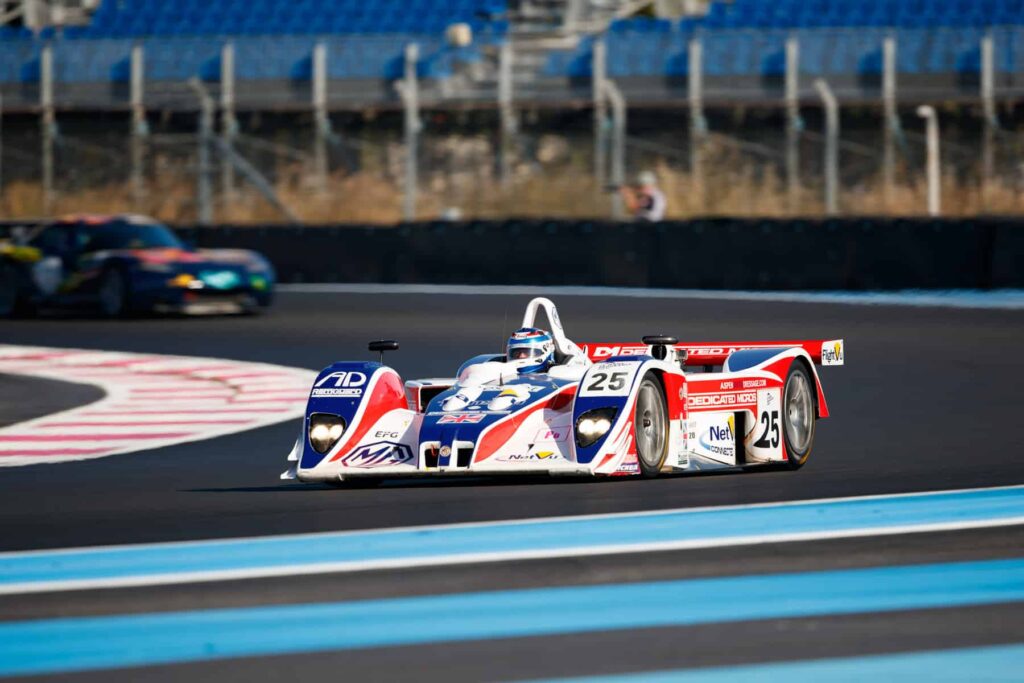
The Birth of Two Titans: LMP900 and LMP675 Classes
The LMP900 class, dubbed Goliath, inherited the 1999 LMP rules. With a minimum weight of 900 kg, it allowed turbocharged engines up to 4 liters and naturally aspirated ones with higher displacement limits. Meanwhile, the LMP675 class emerged as David, boasting a leaner 675 kg minimum weight. Its engine rules capped turbocharged units at 2 liters and naturally aspirated engines at 3.4 liters. To ensure fairness, the ACO added intake restrictors tailored to engine size, leveling the playing field for manufacturers. For instance, Audi’s 3.6-liter V8-powered R8 clinched victory at Le Mans in 2000, proving smaller engines could triumph under LMP900 rules.
In contrast, the LMP675 cars of 2000 evolved from LMP2 and SR2 designs. Originally built for junior categories and privateer teams, these machines struggled to shine in their elevated role. However, everything changed in 2001 when MG Rover seized the opportunity. Recognizing the marketing potential of a lightweight, small-displacement racer, they partnered with Lola, a renowned sports car specialist, to craft the MG Lola EX257—a car destined to challenge the giants.
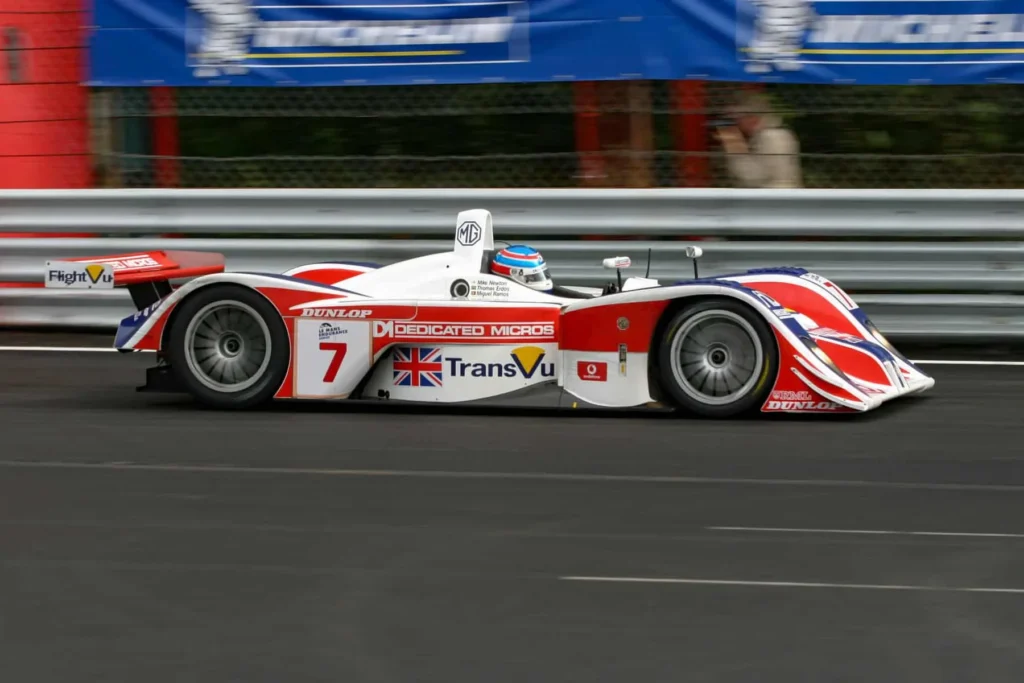
Engineering Excellence: The MG Lola EX257 Takes Shape
The EX257, internally coded as Lola B01/60, was a masterpiece born from collaboration. Designers Frank Dernie and Julian Sole prioritized aerodynamics to offset the power gap with LMP900 rivals. The car featured sleek, detached front fenders that redirected airflow outward, slashing drag. A low rear wing further minimized resistance, enhancing speed on Le Mans’ famed straights. Beneath its carbon-fiber skin, the EX257 housed a robust carbon-fiber and aluminum honeycomb chassis, paired with double-wishbone suspension and in-board springs activated by push-rods.
Powering this lightweight marvel was the MG XP-20 engine, a 2-liter turbocharged four-cylinder developed by Advanced Engine Research (AER). Producing roughly 500 hp with its restrictor, it paired with a featherlight six-speed sequential gearbox encased in magnesium. At just 690 kg, the EX257 boasted a superior power-to-weight ratio, outpacing even the dominant Audi R8 in this metric. Painted in striking grey and lime green, it debuted at the 2001 Le Mans test, managed by Chamberlain Engineering with an all-British driver lineup.
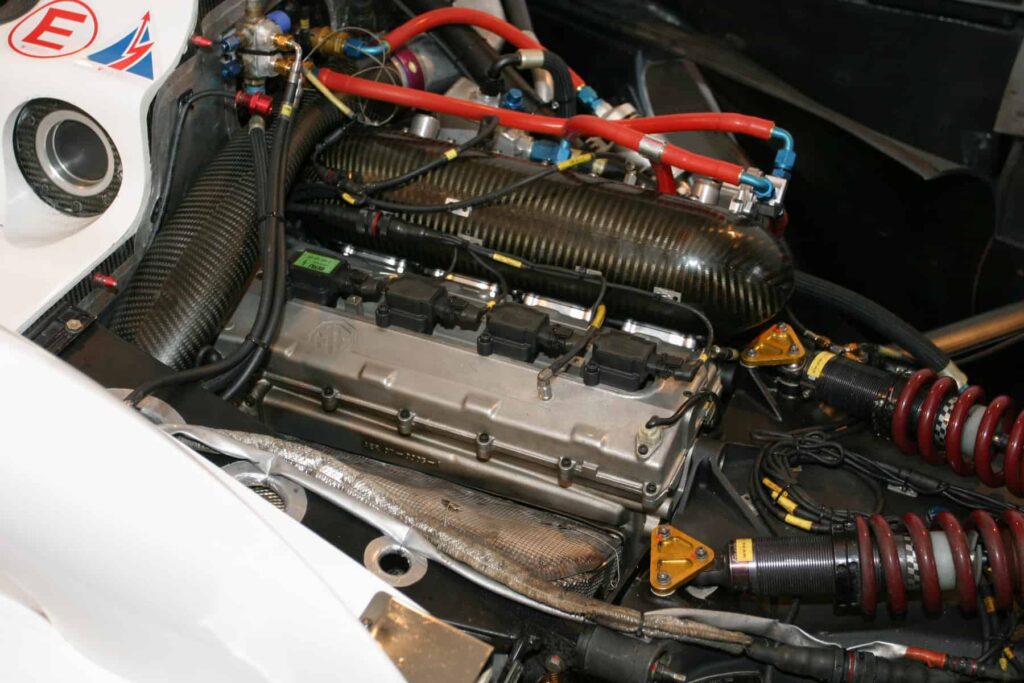
Triumphs and Trials at Le Mans
Despite its promise, the EX257 faced challenges at Le Mans 2001. The track’s long straights favored brute horsepower over efficiency, placing the MGs 14th and 17th on the grid—impressive for LMP675 but 8 seconds off pole. Speed was evident, yet reliability faltered. One car retired after 30 laps due to exhaust failure, while an oil leak sidelined the second hours later. Undeterred, MG refined the EX257 for 2002, offering it to privateers like Intersport and KnightHawk Racing for the American Le Mans Series (ALMS). At Sebring, KnightHawk’s car dazzled in qualifying, and Intersport secured the model’s first win—seventh overall and first in LMP675.
Back at Le Mans in 2002, MG Sport & Racing fielded two cars, joined by KnightHawk’s entry. Winter upgrades slashed seven seconds off the previous year’s best lap, earning sixth on the grid. However, durability issues persisted, and all three cars failed to finish. The costly program proved unsustainable for MG Rover, ending after two seasons. Yet, the EX257’s legacy endured as privateers like Dyson Racing and RML kept it alive in ALMS and European races.

A Champion’s Journey: Dyson Racing’s Success
Dyson Racing adopted the EX257 in 2003, seeking an edge against Audi’s R8 dominance. Driver Chris Dyson noted its potential, saying, “The LMP675 formula offered the best shot at victory.” Initially developed for Michelin tires, Dyson’s team adapted it to Goodyears, overcoming early hurdles to win the 2003 ALMS championship. With six class victories in nine races, including a standout win at Sonoma, the EX257 proved its mettle. In Europe, RML’s Mike Newton embraced the car’s precision, excelling on tracks like Le Mans’ Bugatti circuit despite his novice status.
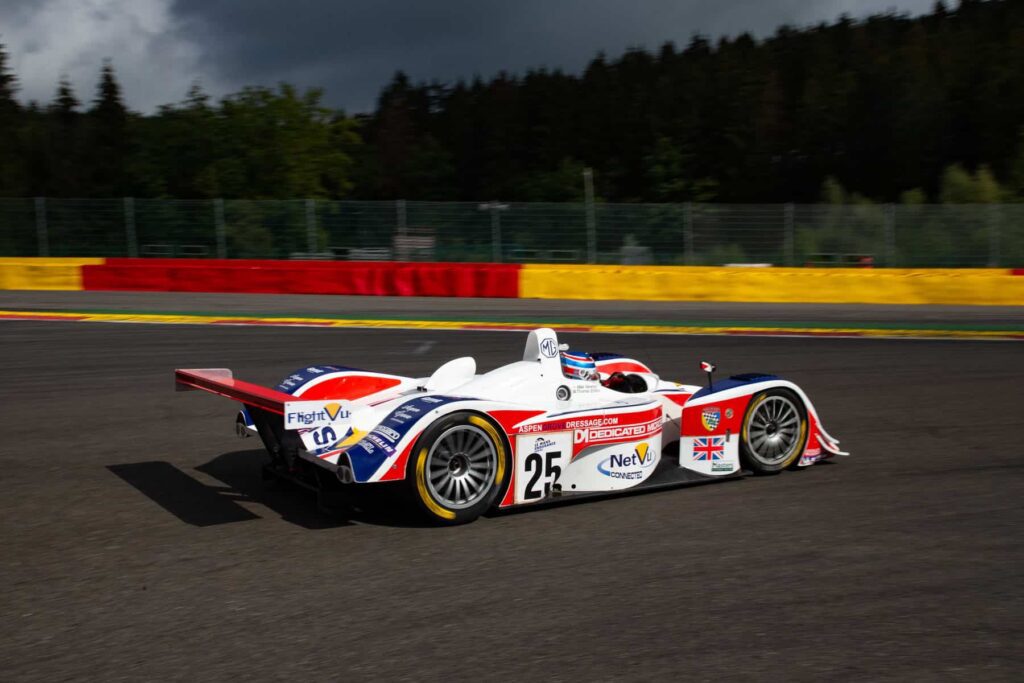
Why the MG Lola EX257 Still Resonates
The EX257’s allure lies in its agility and innovation. Dyson praised its braking prowess and low-drag design, which shone on fast circuits like Road America. Fans adored its sleek look and the distinctive turbo wastegate chirps. Though the LMP900/LMP675 era faded by 2004—replaced by LMP1 and LMP2 classes—the EX257’s story inspires. From historic races to modern classics like Masters Endurance Legends, it remains a symbol of underdog tenacity in sports car racing history.
